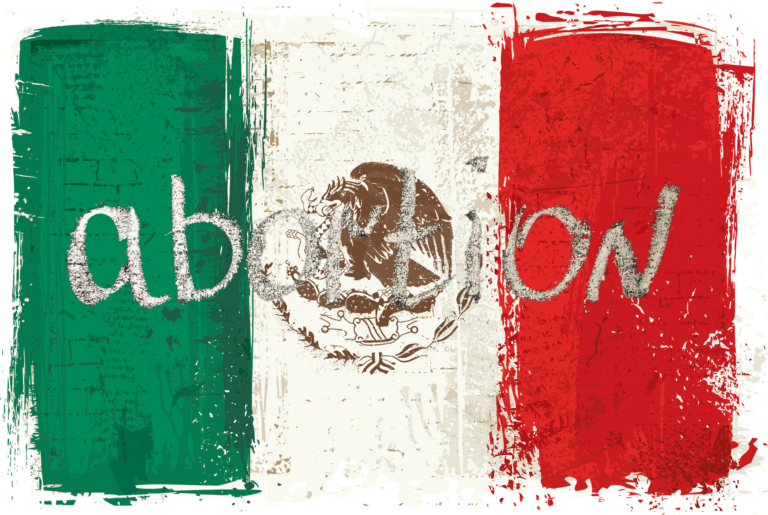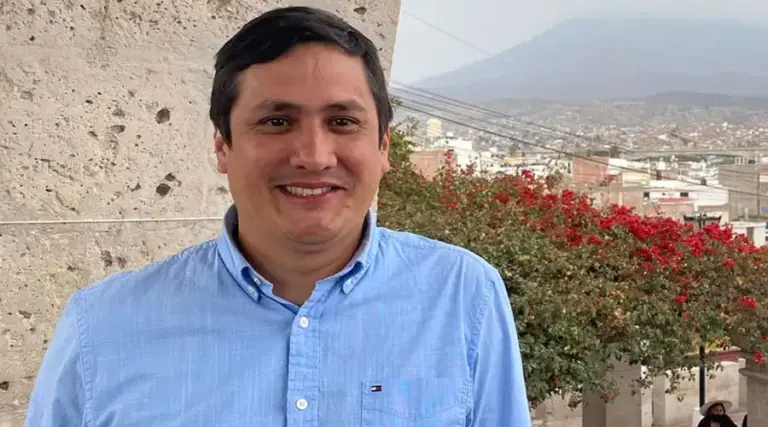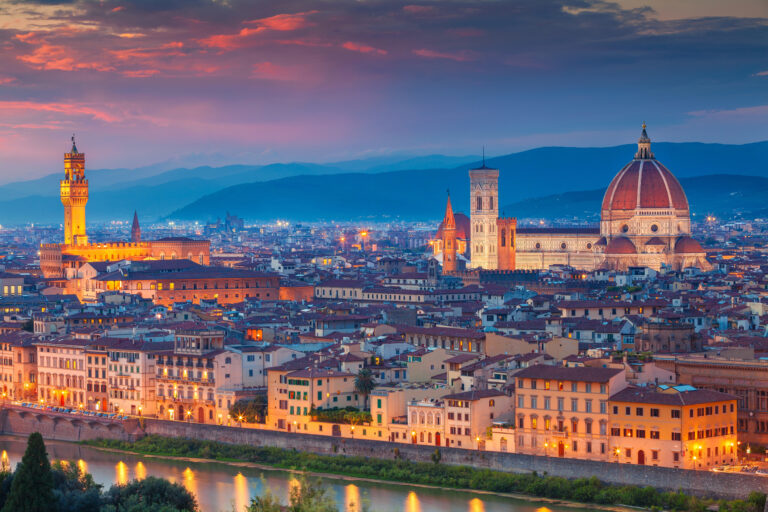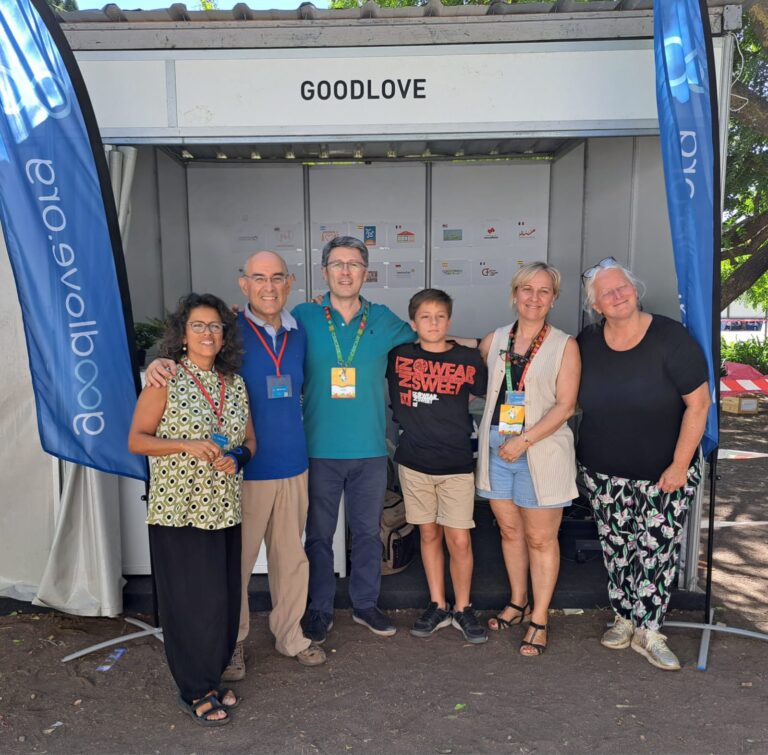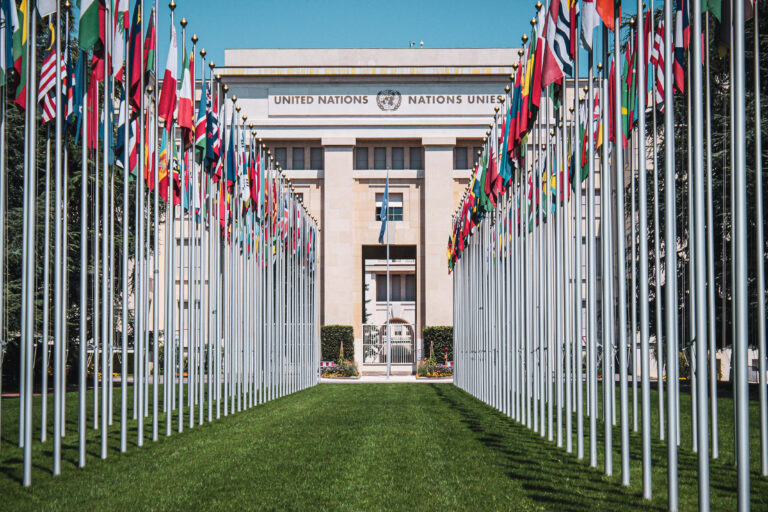Many pro-life groups in the West feel under siege in the current climate of relentless secular humanism. Spiritual camaraderie, the “unity of heart and mind,” within the Church has never been more important — not only within one’s own city and country but with like-minded people everywhere. In May 2005, this was strongly brought home to me in meeting the Catholic Russian pro-life worker in Moscow, Galina Maslennikova, who works in an office below the Cathedral of the Immaculate Heart of Mary in Moscow. The cathedral is one of only two Catholic churches in that city of 12 million people. On the wall of her office lined with books, amidst the icons, is a map of Russia — a country whose history and geography encompass the greatest extremes, a country which is geographically the largest in the world.
A Little History
To better understand where Galina works, it is useful to recount briefly some facts about Russian geography and history. The area of Russia is a staggering 17,075,200 sq kms (6.59 million sq miles). Her land borders the Arctic Ocean in the north and stretches from Europe to Asia. Because of the extremes of climate, less than 10% of the land is arable though it is rich in oil, natural gas, coal, and timber. Its inhabitants, the eastern Slavs, were converted to Christianity in 869 when Prince Vladimir of Kievan Rus adopted Christianity as a dominant religion. Statues of Saints Cyril and Methodius in Lubyanska Street (where the famous KGB prison was) commemorate the fact that Cyril invented an alphabet for old Slavonic and with the help of Methodius, translated the Gospels into this language. Russia’s conversion occurred during the Kievan Rus period, and the subsequent Muscovy and Russian Empire phases of Russian history involved frequent warfare with Mongol invaders. A tradition of subordination of the individual to the state emerged from the Byzantine, Slavonic and eventually Mongol influences so that the church always tended to be subordinated to the state, and in particular to the Tsar.
The burgeoning unrest leading to the Communist revolution had begun decades before the uprising of March 1917. A provisional government was initially formed from which Lenin seized power in November 1917, Civil war followed from 1918–1921, and finally the Soviet Union was established in 1922 by the leaders of the Russian Bolshevik (Communist) Party. By the end of the 1920s, Stalin had taken power ruthlessly, ordering the death of anyone who opposed his radical collectivization plans. In the Ukraine alone, five million were killed in 1932–34, in a famine Stalin imposed on the country. Estimates of the total killed during his reign vary from 20 to 50 million people. After this prolonged period of human suffering and economic mismanagement, the seemingly impossible happened in 1991 when the Soviet Union broke up and Russia gained independence on August 24, 1991.
A Quiet Genocide
Parallel to the better-known genocides following the Communist revolution is the lesser-known genocide resulting from abortion. Russia was the first country to legalise abortion in 1920 as a primary means of birth control. This policy was actually reversed 16 years later to compensate for the millions lost in the initial forced collectivisation turbulence, but again in 1968 abortion was legalised and widely encouraged. The birthrate has steadily declined since the 1960s and the fertility rate was estimated by the UN Population Division in 2001 as 1.3. while a 2005 estimate by the CIA World Factbook site puts it at 1.27. Others estimate it is as low as 1.00. Russia has long had the highest abortion rate in the world: in the mid-1990s, there were 225 abortions for every 100 births, 98 abortions for every 1,000 women of childbearing age per year and thus a yearly average of 3.5 million abortions. An estimated one-quarter of maternal fatalities resulted from past abortion procedures. Whatever the political persuasion of any given demographers, all agree the country now faces a dramatic demographic decline. In 1991 the population of Russia was 148,689,000, and in 2005 it is 143,420,309. The population continues to shrink each year and it has been estimated that the country may lose 50 million people in the next 50 years. Joseph Chamie, former director of the UN Population Division, has stated that along with Russia, other former Soviet countries — Bulgaria, Estonia, Georgia, Latvia, and Ukraine — will also lose a third to half of their population size by mid-century. Rates of immigration into Russia are not nearly enough to offset this demographic decline. In addition, the sharp increase in male mortality rates due to the social problems (particularly drunkenness) associated with the entrenched economic problems of the past decades has added to this grim statistic. On average, Russian men die at the age of 60 while Russian women live to 73. In present-day Russia, fewer are getting married than two decades ago, fewer children are being born, and the death rate is increasing.
The Legacy of Abortion
The tragic legacy of abortion amidst the other factors of economic and spiritual deprivation is the daily setting of the work of Galina, a psychologist by training and a convert to the Catholic Faith. She was a Communist for many years and during the 1980s walked into a Catholic church in the Ukraine by sheer chance, just to see what was inside. Seeing the tabernacle and the icons was a life-changing experience and she was baptised with her family in 1989. She quickly realised, unlike some, that the loss of respect for the sanctity of life, particularly in killing of the unborn, was the gravest moral threat to the country she loves deeply. And so, several years later, she is the coordinator of the small Catholic Family Life office for the 143 million residents of Russia. The office is located underneath the Catholic cathedral in Gruzinskaya Street, almost under the side altar of Our Lady of Fatima. Along with Natalija Zykova and Galina Kirillova (the secretary), Galina deals with the entire gamut of pro-life work — from pregnancy counseling, education of schoolchildren, adults, seminarians, natural family planning training, post-abortion healing (many women have had multiple abortions), and pro-life publications. In the midst of a seeming current economic boom in parts of Russia after the Communist years which mainly benefits those who are better off and is occurring mainly in the cities, Galina reminds her compatriots of the real threat to Russia of the continuing rate of abortion and carries the teaching of the Catholic Church wherever she goes, As I sat in the pro-life office under the cathedral, a man named Vitaly Zadworny, history professor at Moscow’s Humanities University, walked into the room and asked Galina to write about the problem of narcotics abuse for the Russian Catholic Encyclopedia. He is its editor. Galina had just returned from St. Petersburg where she had addressed the seminarians there on the 1968 encyclical Humanae Vitae.
The Family Life Office
The Family Life Office existed in people’s homes from 1990 to 1999 since the Catholic cathedral had needed major reconstruction after the Communist years. A plaque in the cathedral thanks Pope John Paul II for his help in resurrecting the cathedral from its ruins. In 2000, Archbishop Tadeusz Kondruszewicz of Moscow gave the family centre a room under the church. It is located next to the catechetics office, also catering to the 143 million people of Russia, where Larissa Gospodnikova, Sister Steeka, and Sister Ursula work spreading the good news to anyone interested in the Catholic Faith.
Many Orthodox and Catholic churches were destroyed during the Communist years. In Moscow, there were 1,600 Orthodox churches prior to the Communist revolution and only 300 remained after. Most Catholic churches were destroyed or used for other purposes. The Rossiya Hotel, where I stayed near the Kremlin, was on the site of a former Orthodox church. However, much rebuilding is going on, particularly in the wake of a revival of the Orthodox faith. There are about 100 million Orthodox (at least nominally), 25 million Muslims, and several million Jews in Russia, and it is estimated that there are anywhere between 600,000 to 1,000,000 Catholics spread out over a vast territory. There are 250 Catholic priests and major restrictions on evangelisation (for which, sometimes, bishops and priests have been asked to leave the country). The priests are mostly non-Russian though new Russian seminarians have been leaving the seminary in the past three years. There is a revival of interest in religion, but this is being countered by strong Western secular influences.
Pleas for Help
Galina says the Family Life Centre receives about ten phone calls a day. The referrals are often through word-of-mouth contact. The requests are for individual help or to address interested groups. Similarly the catechetical office is regularly contacted. In a recent interview, Archbishop Kondruszewicz said, “Educated people are interested in the social teaching of the Catholic Church. We get calls here asking for documents of the Second Vatican Council or encyclicals, and most of these requests are concerned with social teaching.” The Archbishop, who trained in Kaunas in Lithuania (he was formerly a successful engineer) and lived through indescribable difficulties throughout the Soviet years, must tread a careful path on an official level to allow the Catholic Church any presence at all.
When Galina and her co-workers speak of their work, one senses that they have an acute sense of dependence on God’s Providence and they can tell numerous stories of miracles when they achieved results against odds totally stacked against them. For example, early in 2002 Galina wanted to speak to Russian politicians about pro-life matters, a project even seasoned Western pro-lifers might find daunting with their own politicians. After much friendly contacting by Galina, the Duma (Russian parliament) agreed to host a conference on family matters in its own building. Several European demographic and pro-life speakers came and many Russian politicians listened.
It was the first time the pro-life message had been heard there for a long, long time. The significance of this event brought about by a small band of pro-life workers stands in contrast to the tragic history of the Communist years. Whether in parliaments, conferences or with individuals, the Family Life Office continues to speak the truth about the culture of life in Russia and beyond. Most of all, Galina says she feels united with the pro-life friends she has never met beyond the confines of Russia, for whom she and her co-workers will always be examples of great courage.
Wanda Skowronska is a registered psychologist working in inner-city Sydney, Australia, schools.



